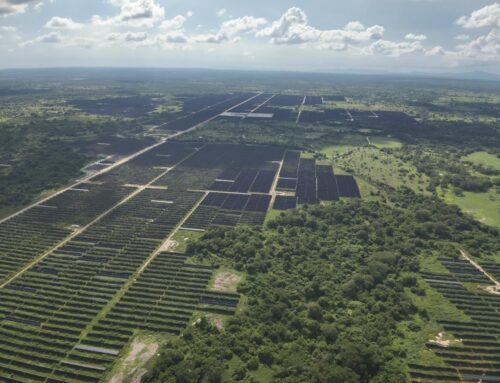GUEST COLUMN: Renewable energy, not nuclear, is the Oregon way
March 27, 2025
Published 6:00 am Thursday, March 27, 2025
In 1980, Oregon voters wisely called a halt to nuclear power projects with passage of Ballot Measure #7. No nuclear power plants can be considered unless there’s a federal high-level waste repository and Oregon voters approve any new projects.
Despite there being no high-level waste repository, the Oregon Legislature is now considering 11 proposed bills to undermine these requirements.
Oregon and the Pacific Northwest have a tortured history with nuclear power.
The Trojan Nuclear Plant (cost to build: $1.92 billion in 2023 dollars) closed in 1992 after 16 years of irregular service when steam tube cracks were too expensive to repair.
Two proposed Pebble Springs nuclear power plants in Gilliam County were canceled in 1982 after $250 million was expended.
The WPPSS fiasco (Washington Public Power Supply System) was the largest U.S. municipal bond default in U.S. history ($2.25 billion). The Hanford Nuclear Reservation is a massive nuclear waste clean-up in progress that will cost between $300 billion and $640 billion and take decades, ” according to a Government Accounting Office report from 2023.
The nuclear industry is now pinning its hopes on small nuclear reactors (SMRs). The Nu-Scale design is the only one currently licensed by the U.S. Department of Energy. Their proposed complex in Eastern Idaho was cancelled last year due to ever increasing construction costs.
Nu-Scale has yet to build a SMR in the U.S. or anywhere, despite $600 million in U.S. government subsidies. Proposed nuclear is always wildly expensive. Any SMR radioactive waste will stay on site.
Now, Amazon is angling to build more energy intensive data centers in Umatilla County, and wants a SMR to meet those energy needs. Best estimates are that’s at least 10 years away.
But why go down this “hard” energy path, when wind, solar, conservation, and innovations in energy or storage projects can be developed so much faster at lesser cost to consumers?
Residential and community solar projects are growing in popularity.
Further expansion of Industrial sized solar arrays and wind projects has enormous potential. Addressing transmission bottlenecks cost a lot less than nuclear power projects.
The Oregon Way should be a renewable energy future. Isn’t that what makes us different?
Dave McTeague is a resident of Milwaukie, Oregon and was a state representative from 1985-94 and Clackamas Fire District Director from 2003-2015. He was chief petitioner for Oregonians for Utility Reform and state coordinator for the 1978 Ballot Measure #9, which prohibits private utilities from charging ratepayers in advance for power plant construction costs.
Search
RECENT PRESS RELEASES
Related Post




